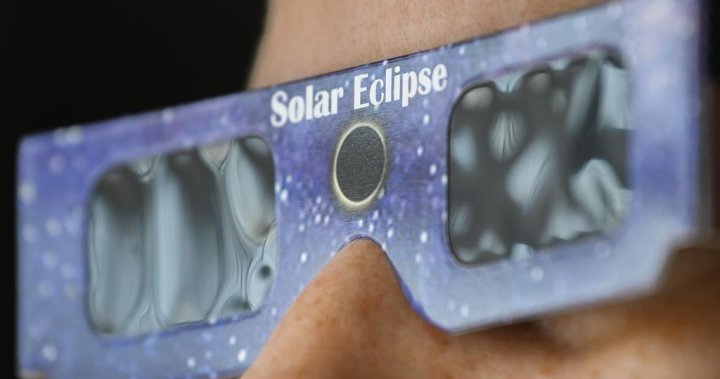Total solar eclipses are typically seen as visual experiences, with lasting memories of complete darkness and glimpses of a partially shadowed sun. However, for those living with blindness or low vision, eclipses have historically been more difficult to experience. In recent years, efforts have been made to create educational resources and tools to make astronomical events like the upcoming solar eclipse more accessible to those with visual impairments. In Montreal, resources will be available across the city, including the Montreal Science Centre, which will be using devices from Harvard University to transform the eclipse into an audio-focused experience.
The LightSound solar eclipse sonification devices, developed in 2017, convert light intensity into sound. As the moon eclipses the sun, the devices will emit a change in musical tone, allowing those with low vision or blindness to feel the luminosity of the event. The Montreal Science Centre will have two of these devices available for use in a special accessible area during the eclipse viewing. These devices showcase how the eclipse can be a multi-sensory event, beyond just the visual observation.
In addition to using tools like the LightSound device, there are other natural ways to experience the eclipse besides visually observing it through special glasses. For those in the path of totality, the eclipse can be a multi-sensory experience, with changes in temperature, sounds of birds singing evening twilight songs, and more. The Trottier Institute aims to enhance the accessibility of education for those with low vision through the distribution of tactile books about eclipses. These books, developed by the NASA Solar System Exploration Research Virtual Institute, explain the Earth-moon-sun system, eclipse configurations, and paths of totality through raised surfaces and contrasting textures.
Efforts to make astronomical events like the solar eclipse accessible to those with visual impairments are crucial in ensuring as many people as possible have the transformative experience of witnessing such events. The availability of tools like the LightSound device and tactile books enhances the multi-sensory experience of the eclipse for those who may not be able to visually observe it. With the use of educational resources and innovative tools, individuals with blindness or low vision can still participate in and enjoy events like the solar eclipse.
Overall, the eclipse is not just a visual event, but a multi-sensory experience that can be enjoyed through various means beyond sight. By providing accessible resources and tools, organizations and institutions are working to ensure that individuals with visual impairments can also participate in and enjoy astronomical events like the solar eclipse. Through initiatives like the distribution of tactile books and the use of sonification devices, the experience of witnessing the eclipse is made more inclusive and accessible to a wider range of individuals.
The efforts to make the solar eclipse more accessible to those with visual impairments represent a step towards greater inclusivity and diversity in the field of astronomy and science education. By providing alternative ways to experience and engage with astronomical events, individuals with blindness or low vision can also share in the excitement and wonder of events like the upcoming solar eclipse. The ongoing work to create accessible resources and tools for those with visual impairments highlights the importance of making science education and astronomical events more inclusive for all individuals, regardless of their abilities.


